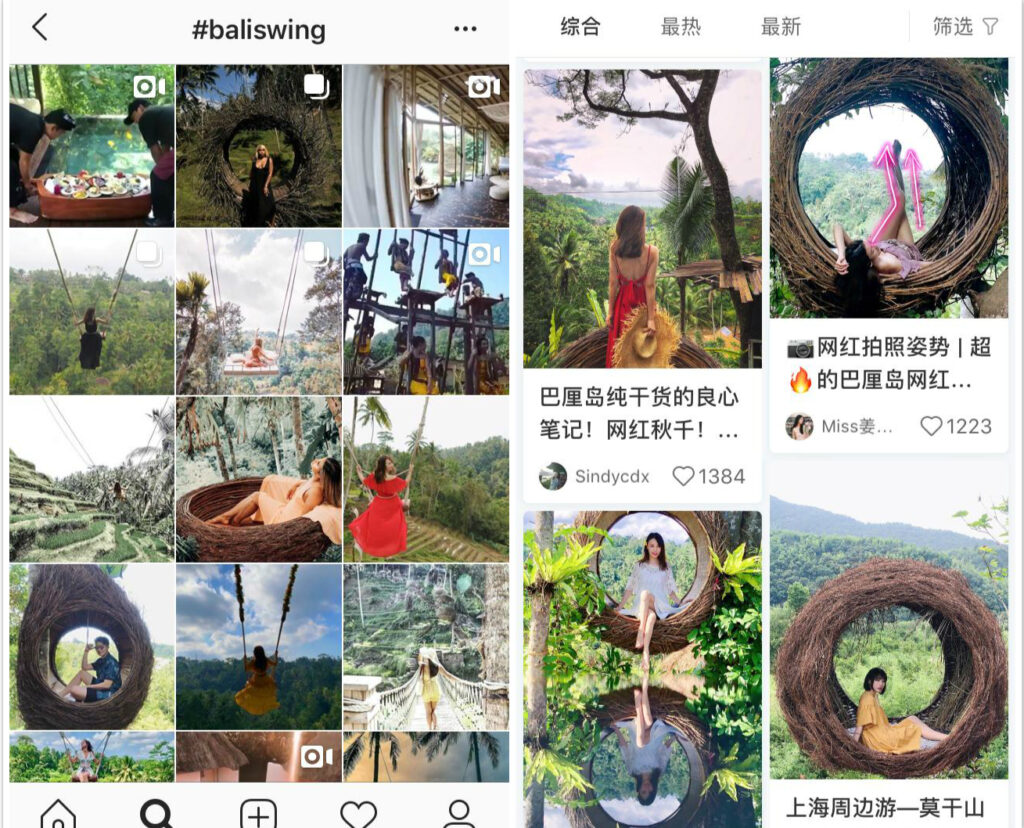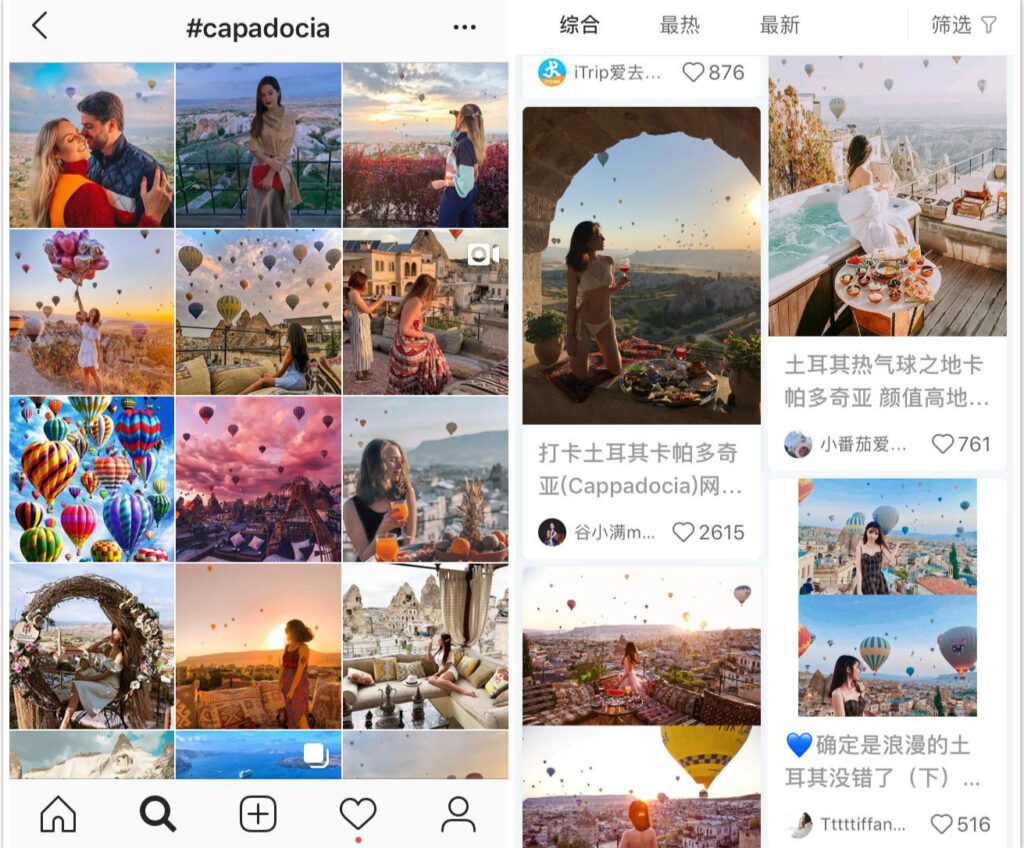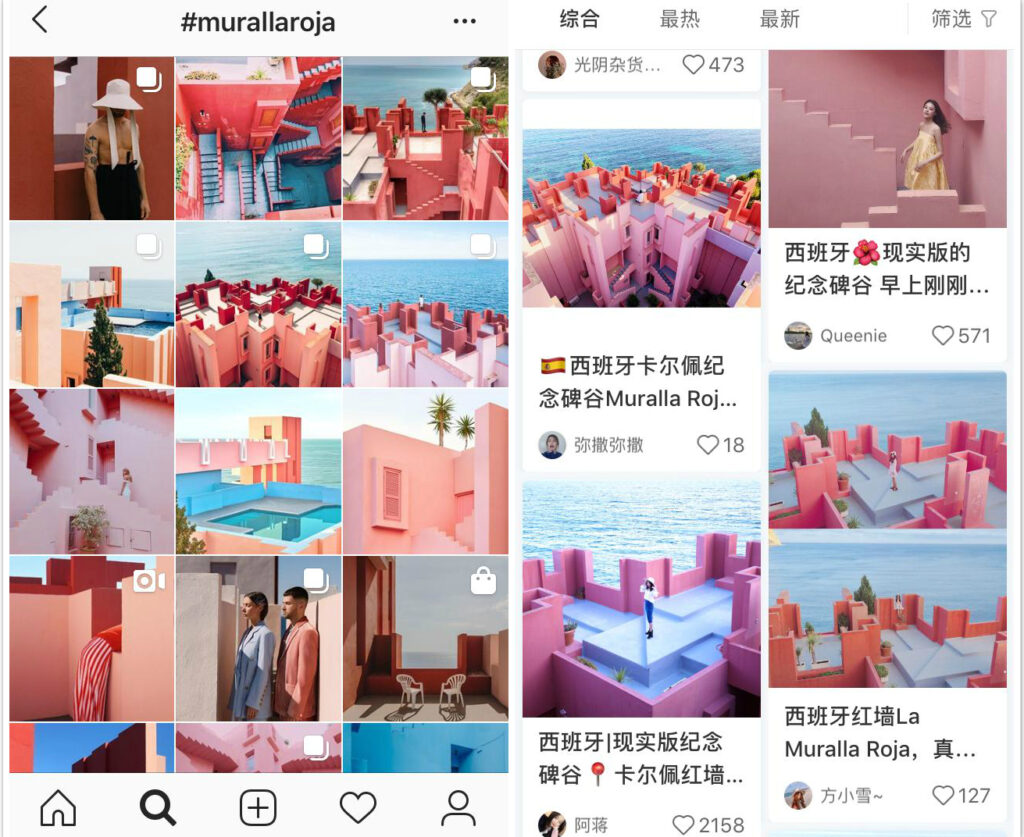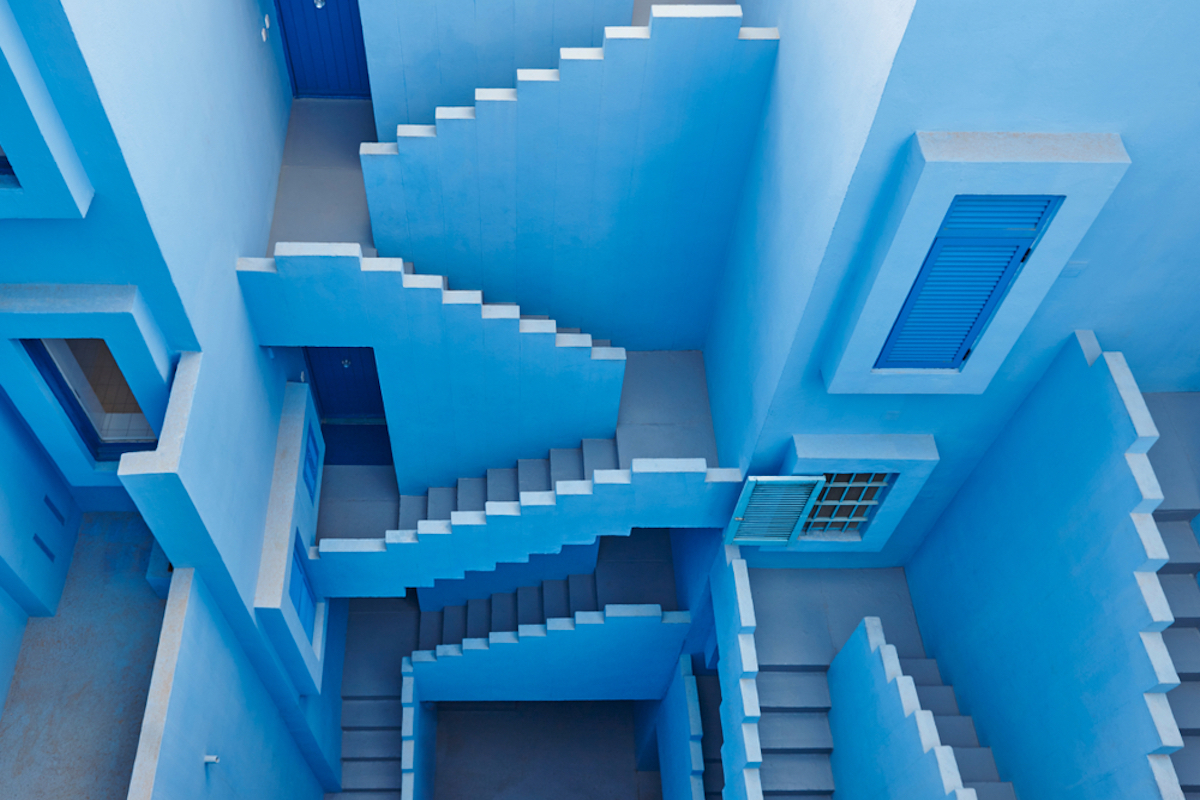Imagine a young woman lounging in her five-star hotel room, she’s enjoying a nutritious – and aesthetically delicious – breakfast in bed with Manhattan’s skyscrapers or Bali’s pristine coastline as her backdrop. Anyone familiar with travel influencers on Instagram will instantly recognise this typical image, the much hashtagged #BreakfastInBed.
Such stylish vacation posts are frequently funded by hotels and resorts hoping to engage western millennials, but they are increasingly influencing the tastes and travel habits of an unintended audience; Chinese Free Independent Travelers (FIT).
Despite being officially banned in China since 2014, Instagram has strong currency among young Chinese netizens, so much so that the journey by which travel trends migrate and permeate domestic social media has its own name “In风旅游”, or Ins-style travel.
It often goes something like this; first, western influences popularize specific images or trends. Second, Chinese influencers imitate the trend using similar frames, filters, and editing techniques and post them to Chinese social platforms, such as Douyin or Little Red Book. Third, the trend is pushed to go viral.
Here are the top three “Insta-inspired” destinations that have gained traction in China due to their popularity on Instagram.
Bali, Indonesia
Fearful of tanning and uninterested in spending afternoons horizontal on the sand, it’s fair to say Chinese travelers have traditionally stayed clear of beach vacations. But the booming popularity of Bali among Chinese travelers is breaking this stereotype. Since 2016, China has been the largest tourist market for Indonesia and Bali is expected to receive 3.5 million tourists in 2019.
Seen as a dream destination for hippies worldwide, Bali has long saturated Instagram with hashtags that touch upon regional features such as #BaliSwing, #BaliNest, and #BaliWaterfall. Inspired by these Instagram trends, beach-shy Chinese millennials have transported such images to Chinese social media. For example, photographs of swing sets and nests in Bali abound on Little Red Book and there have been more than 900,000 posts detailing Bali travel. Intriguingly, many of the most popular posts on Little Red Book mention the word ‘Ins’, a reference to users teaching other users how to produce ‘Ins-style’ photographs.

Bali has become a hugely popular destination for Chinese tourists with some anticipating as many as 5 million visitors by 2020. Photo Credit: Author screenshot comparison Instagram v.s. Little Red Book.
According to Amy Wang, group manager of Guangzhou-based travel agency TourForArt, “for most Chinese clients, especially young women, the main motive of going to the beach is to take photos. We have seen a soaring request among young Chinese couples going to Bali for vacation to take wedding photos.”
Cappadocia, Turkey
The image of Cappadocia’s mountainscape dotted with colorful hot air balloons is a staple on Instagram and this trend has crossed over to Chinese social media with more than 9500 Little Red Book users having posted their Cappadocia experience to the site.
Boosted by direct flights between Beijing and Istanbul as well as an increasing interest in alternate travel destinations, an estimated 400,000 Chinese tourists visited Turkey in 2018 with the country’s tourism industry anticipating a 25 percent increase in 2019.

Cappadocia’s popularity with Chinese travelers continues to grow following the 2018 initiative Turkey Tourism Year. Photo: Author screenshot comparison Instagram v.s. Little Red Book.
The country gained attention in media circles following the release of the pop song “Take You Traveling” by Zhang Chi in 2017. The song included the line “I want to take you to romantic Turkey” and the further spread of balloon-related imagery increased the presence of Cappadocia in the mind of Chinese tourists.
To replicate the popular Instagram image, Chinese tourists have been drawn to pose and shoot photographs from specific hotels and Cappadocia’s Museum Hotel is one of them. Qianyi, a travel and lifestyle blogger on Douyin, said she was inspired to visit the region after seeing imagery on Little Red Book, “I stayed at the Museum Hotel in September 2018, and even though it was the low season for Chinese travelers, more than half of the guests were Chinese.”
La Muralla Roja, Spain
La Muralla Roja, an apartment complex located in the coastal town of Calpe in Spain is an architectural wonder and one that is perfectly designed for the Instagram age. The site first rose to social media stardom because of the popular video game “Monument Valley,” which is based off the Spanish apartment complex.

La Muralla Roja has become an unexpectedly popular destination for Chinese tourists. Photo: Author screenshot comparison Instagram v.s. Little Red Book.
Spain has been slower to develop as a key destination for Chinese travelers to western Europe, compared to France and Italy, but Muralla Roja is a strong example of how a single location can influence perceptions of an entire region. The site has generated more than 3000+ posts on Little Red Book alone with many users describing a trip to Muralla Roja as worth the trip to Spain from China. The site’s bright, pastel colors, together with the intricate, matrix-like structure, certainly make it a perfect choice for those hoping to stand out on digital platforms.
Edited by Richard Whiddington



